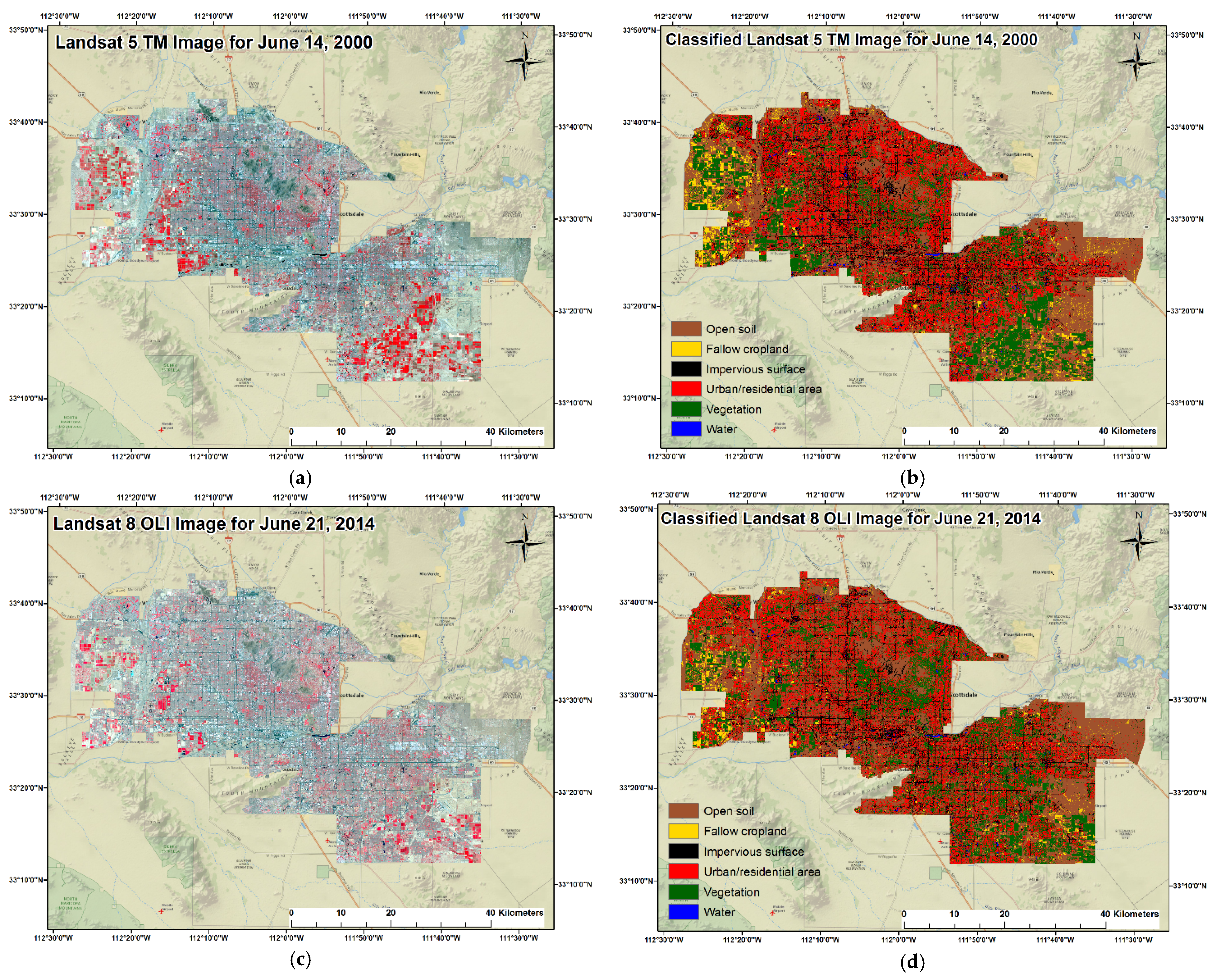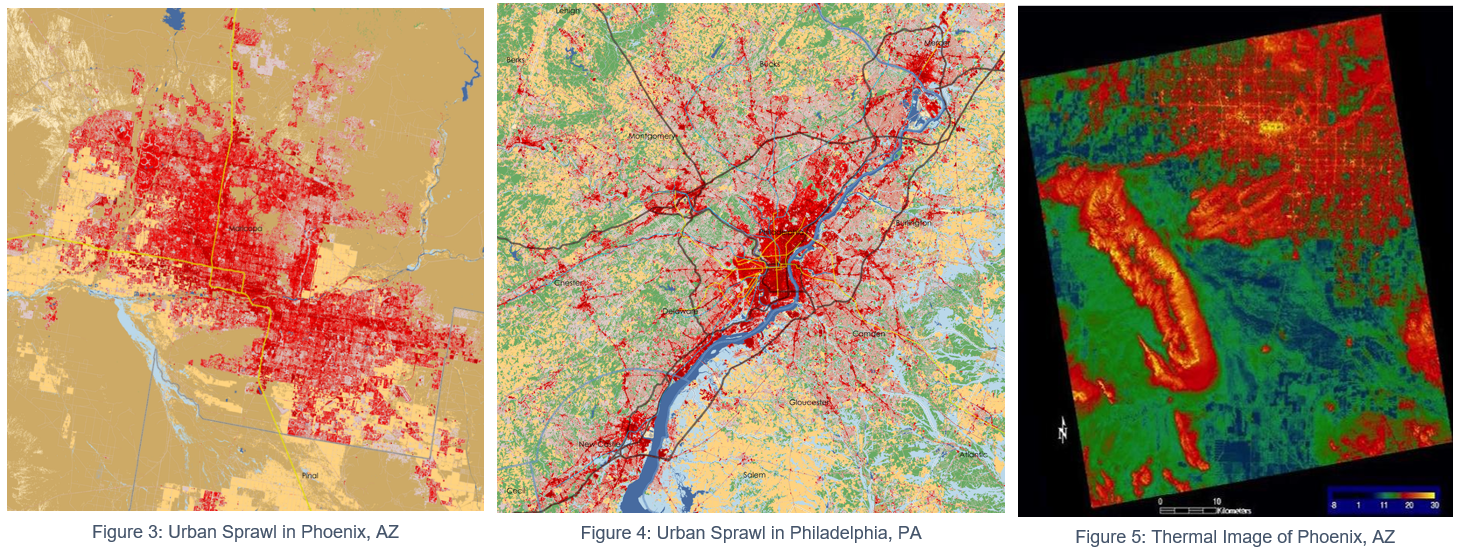This year, as a prolonged atmospheric heat dome broils the US South and Southwest, temperatures in the city have peaked above 110F for a record-shattering 29 consecutive days — and counting.
Daily lows have lingered in the 90s, settling at a record 97F on July 19 as nighttime provides little relief.
It’s not just climate change driving the unprecedented warmth.
Phoenix’s Rapid Growth Magnified Its Vulnerability to Heat
As the Arizona city shatters temperature records, its sprawling urban footprint is making things even hotter — and harder to keep people safe.
> Phoenix’s rapid expansion over the past few decades has exacerbated the heat, and made contending with it far more difficult than it was three decades ago.
- Since 1990, the city’s population nearly doubled, swelling to 1.6 million as newcomers seeking cheaper housing flooded the desert city.
- The greater metropolitan area grew from 2 million to 5 million residents.
- The metro area now covers 14,600 square miles, with suburbs like Queen Creek and Buckeye spread miles apart, linked by long stretches of highway.
- The city’s massive footprint forms a classic urban heat island.
“A lot of development has occurred in kind of a traditional suburban sprawling fashion for a large part of the last century,” Keith says.
“So when we look at the urban heat island in Phoenix, it’s caused by the increased pavement, concrete and roads, but also by the waste heat emitted by all the air conditioning being used and by those traditionally powered vehicles.”
In other words, Phoenix is cooking itself. On top of rising atmospheric temperatures and heat waves, the city’s vehicles and cooling systems generate their own heat, which buildings and infrastructure suck up like a sponge. . .
- But heat officials are playing catch-up to a problem that has been baked into the region’s largely unchecked development.
- Despite the growing risks, that pattern is expected to continue over the next several years as newcomers pour in.
- In 2022, more people moved into Maricopa County than any other county in the US — for the second consecutive year.
- Only in June of this year did the state put restrictions on new home construction, due to concerns about future water availability.
All the while, Phoenix is expected to keep getting hotter, breaking new records and pushing the limits of the city’s survivability.
- “Heat is literally the fingerprint of climate change and it's the first thing that we see from climate change,” says Keith, the expert at University of Arizona.
- “Yet it’s the last thing that we’ve planned for as cities.”
.jpg)






No comments:
Post a Comment